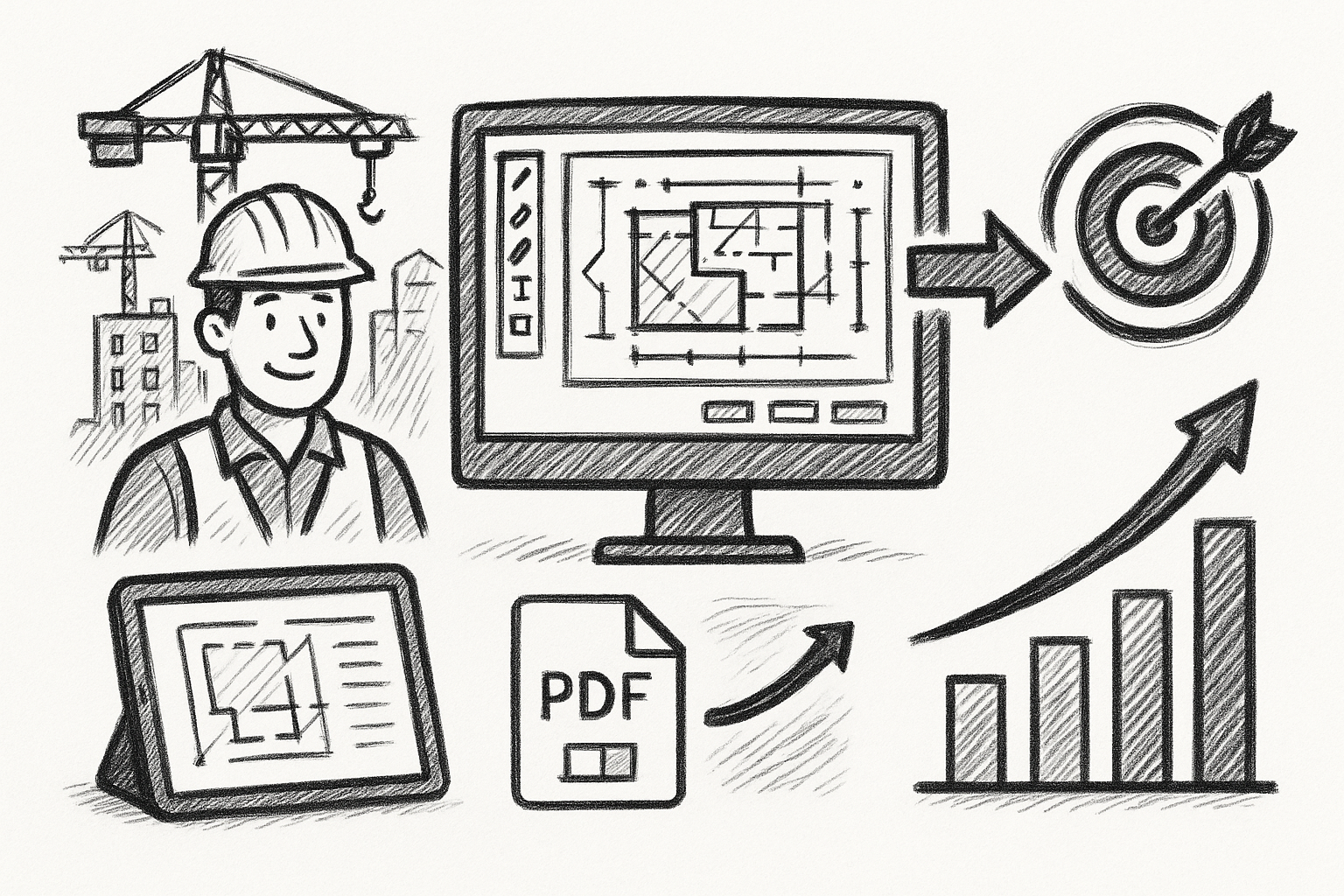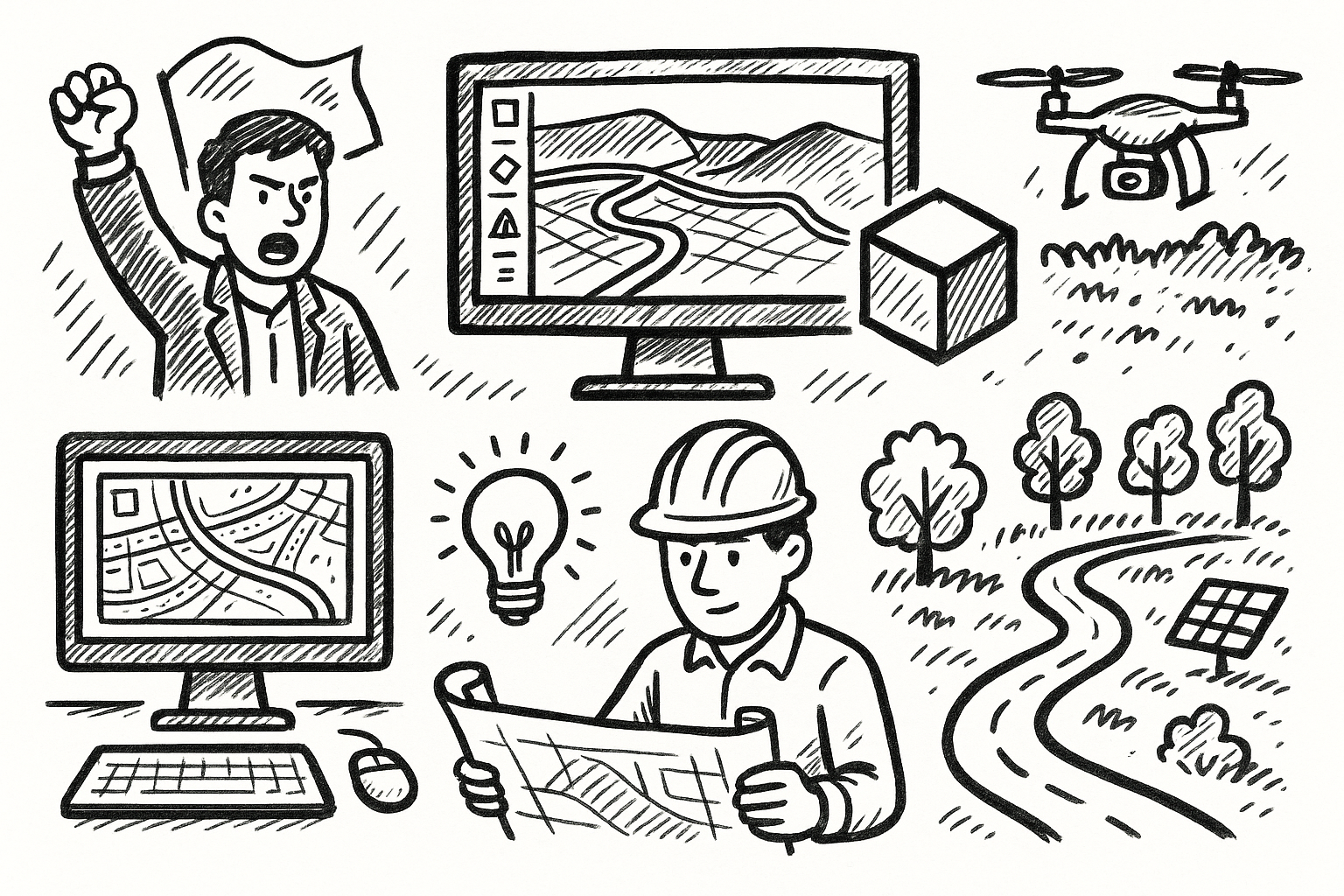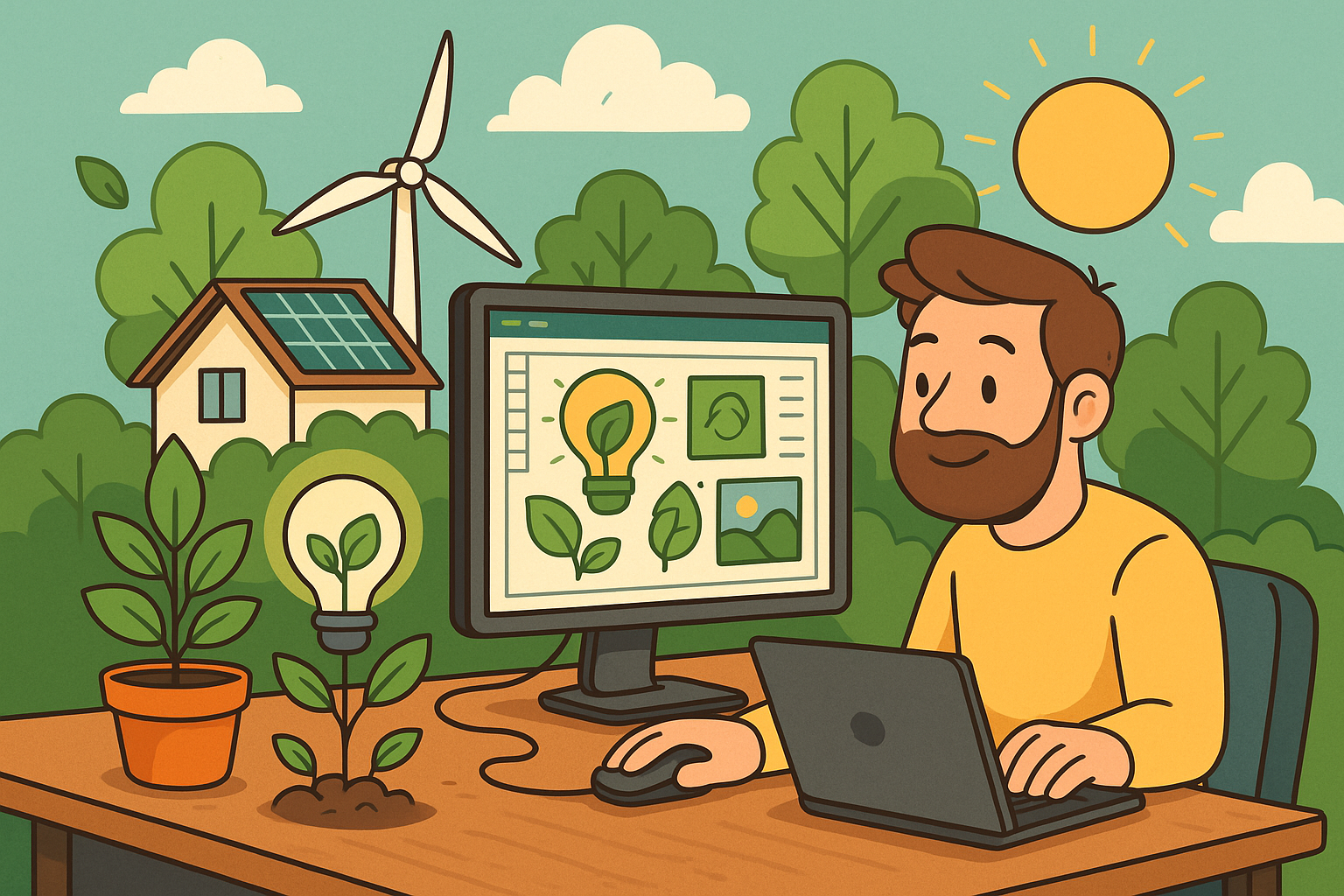Your Cart is Empty
Customer Testimonials
-
"Great customer service. The folks at Novedge were super helpful in navigating a somewhat complicated order including software upgrades and serial numbers in various stages of inactivity. They were friendly and helpful throughout the process.."
Ruben Ruckmark
"Quick & very helpful. We have been using Novedge for years and are very happy with their quick service when we need to make a purchase and excellent support resolving any issues."
Will Woodson
"Scott is the best. He reminds me about subscriptions dates, guides me in the correct direction for updates. He always responds promptly to me. He is literally the reason I continue to work with Novedge and will do so in the future."
Edward Mchugh
"Calvin Lok is “the man”. After my purchase of Sketchup 2021, he called me and provided step-by-step instructions to ease me through difficulties I was having with the setup of my new software."
Mike Borzage
Revolutionizing Design: The Evolution, Impact, and Future of Automation Tools
August 25, 2024 4 min read


Introduction to Design Automation Tools
Design automation tools have become integral to modern design workflows. These tools streamline processes, enhance productivity, and ensure accuracy. This article explores the evolution, key technologies, benefits, and future directions of design automation tools.
Definition and Overview
Design automation tools are software applications or platforms that automate various aspects of the design process. These tools can range from simple script-based automation to advanced algorithms that generate complex designs without direct human intervention. Over the years, design automation has evolved from rudimentary mechanical drafting aids to sophisticated software capable of producing intricate, optimized designs.
Historically, the journey of design automation spans several decades. The initial phases saw the advent of Computer-Aided Design (CAD) software, which revolutionized the way designers approached drafting. As technology progressed, CAD systems integrated more advanced features, leading to the development of parametric and generative design tools that we use today.
Importance in Modern Design Workflows
In contemporary design environments, efficiency is paramount. Design automation tools address the need for speed and accuracy by reducing repetitive tasks and minimizing errors. These tools empower designers to focus on creativity and innovation rather than manual, time-consuming activities. As a result, design teams can expedite project timelines and deliver higher quality outcomes.
Key Automation Tools and Technologies
Parametric and Generative Design
**Parametric models** play a crucial role in automation by allowing designers to define parameters and rules that govern the design. These models can automatically adjust to changes in input values, ensuring consistency and precision. For instance, in architectural design, a parametric model can automatically update the entire structure if the dimensions of a single component are altered.
On the other hand, **generative design** leverages algorithms to create optimized designs based on predefined criteria. This technology explores countless design permutations, evaluates them against performance metrics, and suggests the most efficient solutions. Generative design is particularly beneficial in fields such as aerospace and automotive engineering, where optimizing weight and strength is critical.
Scripting and API Integrations
Scripting languages like **Python** and **JavaScript** enable designers to automate repetitive tasks and customize design workflows. By writing scripts, designers can create custom functions, automate the generation of complex geometries, and manipulate data efficiently.
API integrations with major design platforms further enhance automation capabilities. APIs allow different software systems to communicate and exchange data seamlessly. For example, integrating a CAD software with a project management tool via API can automate the tracking of design changes and update project timelines in real-time.
Machine Learning and AI
**Machine learning** and **AI-driven tools** are revolutionizing design automation by offering predictive analytics and automated design suggestions. These technologies analyze vast amounts of data to identify patterns and make informed design decisions. AI tools can suggest design modifications, optimize material usage, and even predict potential issues before they arise, thereby enhancing both efficiency and accuracy.
Benefits of Design Automation
Efficiency and Productivity Gains
One of the primary benefits of design automation tools is the significant **time-saving** aspect. Automating routine tasks frees up valuable time for designers to focus on complex and creative aspects of their projects. This increase in productivity translates to faster project completion and the ability to handle a larger volume of work.
Enhanced Accuracy and Consistency
Automated processes are less prone to human error, which enhances the **accuracy and consistency** of designs. Design automation tools ensure that all elements conform to predefined standards and regulations, reducing the likelihood of costly mistakes and rework. This consistency is crucial in industries like construction and manufacturing, where adherence to specifications is vital.
Furthermore, these tools facilitate design standardization, making it easier to reproduce and scale designs across multiple projects. By maintaining a consistent approach, design teams can ensure that quality and compliance are met every time.
Cost Reduction
Implementing automated workflows can lead to substantial **operational cost savings**. By reducing the time and effort required for manual tasks, organizations can lower labor costs and allocate resources more efficiently. Over the long term, the financial impacts of design automation can be significant, contributing to better budget management and profitability.
Challenges and Future Directions
Implementation Barriers
Despite the numerous benefits, there are barriers to implementing design automation tools. The initial investment in software and training can be substantial, posing a challenge for smaller organizations or those with limited budgets. Additionally, there is often a learning curve associated with adopting new technologies, which can slow down the transition process.
Ethical and Practical Concerns
The rise of automation also raises **ethical and practical concerns**. One significant issue is ensuring job security for designers. While automation can enhance productivity, there is a fear that it may lead to job displacement. Balancing human creativity with machine efficiency is another challenge. Designers need to find ways to integrate automated processes without stifling their creative input.
Future Trends
Looking ahead, several **emerging technologies** are poised to further transform design automation. Developments in AI and machine learning will continue to enhance predictive capabilities and design optimization. Blockchain technology could revolutionize data security and collaboration in design projects. Additionally, advancements in augmented reality (AR) and virtual reality (VR) are expected to provide immersive design experiences, bridging the gap between digital and physical worlds.
In the next decade, we can anticipate significant advancements in automation tools, making them more accessible and integrated into everyday design workflows. These innovations will likely lead to even greater efficiencies, more innovative designs, and broader adoption across various industries.
Also in Design News

Maximizing Construction Efficiency: How Bluebeam Transforms PDF Workflows into Strategic Advantages
August 01, 2025 4 min read
Read More
Revolutionizing Land Development: 5 Cutting-Edge Civil 3D Capabilities for Smarter, Sustainable Workflows
August 01, 2025 5 min read
Read More
Driving Sustainable Innovation: Integrating Eco-Conscious Practices in Design Software Development
August 01, 2025 8 min read
Read MoreSubscribe
Sign up to get the latest on sales, new releases and more …


